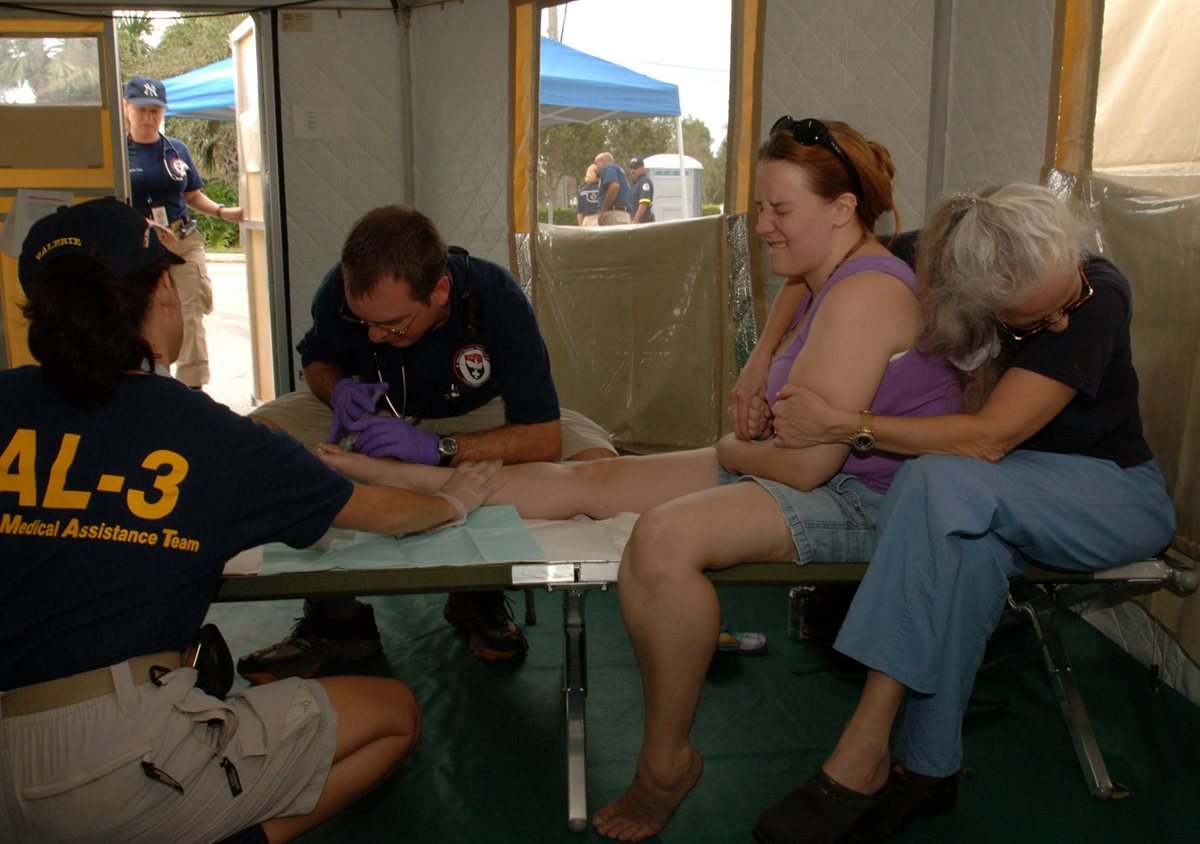
Many athletes that do not play on grass, but rather artificial turf can suffer from an injury commonly known as turf toe.
What it is in common medical terms is basically a sprain of the first metatarsophalangeal joint (MPJ).
The invention of turf and more pliable football shoes in the 1960s and 1970s seems to have led to more injuries that involve the hyperextension of the MPJ.
It usually occurs when a player lands on the back of the lower leg of another player while the toe is fully extended.
Sometimes a hyperflexion of the MPJ occurs, which is when a ball carrier in football gets tackled from behind and the body continues to move forward over a foot that has been planted into the turf.
The best treatment for turf toe is the tried and tested RICE technique (rest, ice, compression and elevation). Some people tape the toe in order to limit its range for the first few days after the injury has occurred, but many doctors warn against this because it could lead to a restriction of the arteries and circulation in the foot. However, in an acute case of turf toe, taping it can yield results.
Other treatments can include changing the athlete’s equipment, which usually includes getting stiffer shoes or using steel or graphite plates with a full width of the digits on the foot. If the athlete needs to get back in the game immediately, a steel plate or taping could do the trick to give momentary relief so that the player can finish out the game.
However, if the injury is more serious, then it is better for the player to sit out the rest of the game, because it will usually take about two weeks for the turf toe to heal properly if the MPJ was severely aggravated.
If the injury is very serious, then it is best to keep off of the foot completely and to use crushes so that no pressure is being put on the foot for several days or even weeks, depending on the severity.
If the turf toe is diagnoses quickly and treated correctly it should be fully healed in about three to four weeks. Doctors warn strongly against using corticosteroids, because they can make the problem worse or even mask acute symptoms, which will not help the cause any, and will increase the chances that the player will continue playing and hurt the toe even worse.
Once the MPJ can turn about 50 to 60 degrees without feeling any pain, then it is said that it is good for the player to return to regular activities on the field.
Returning too soon can only make the injury worse.
Sometimes, but rarely, surgery is needed, in which the large capsular avulsions are removed or a sesamoid fracture is corrected.
Sometimes a traumatic bunion can also occur, which can be surgically removed as well.



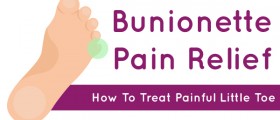


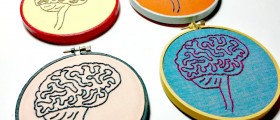
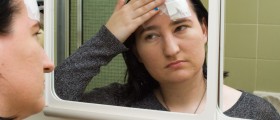






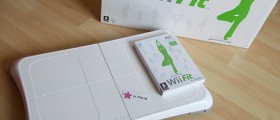
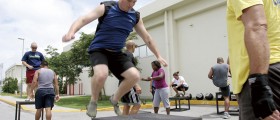
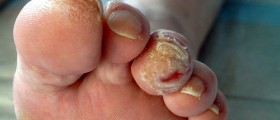
Your thoughts on this
Loading...